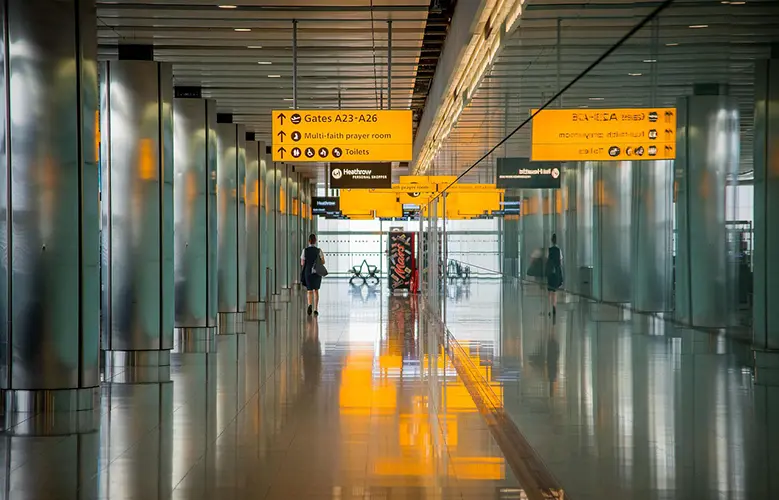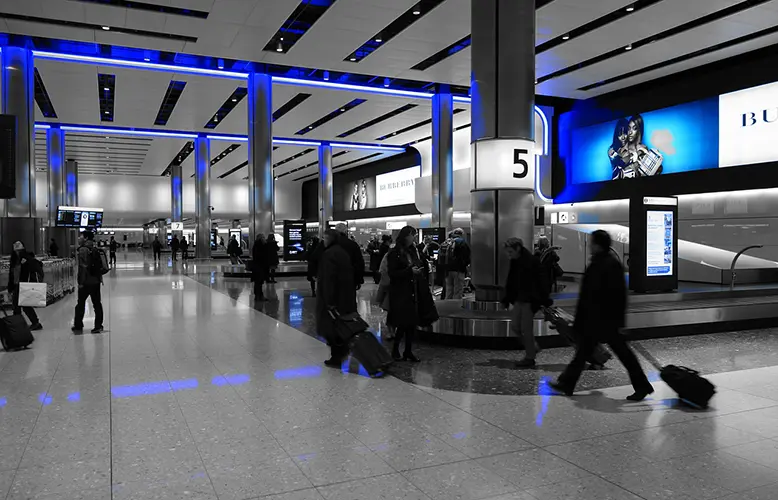The ebb and flow of the airport, a nexus for global movement and connection, depends heavily on a robust security infrastructure to ensure the safety of millions of passengers who pass through its terminals each day. Airport security gates stand as the first line of defense, an amalgamation of intricate systems and highly trained personnel working in concert to deter, detect, and defend against potential threats, large and small. In this in-depth exploration, we’ll dissect the layers of technology, human expertise, and procedural acumen that together form the formidable bastion of security that airports have implemented.

Screening Technologies
At the forefront of airport security are X-ray and CT scanning technologies, affording security personnel a detailed view of the inside of baggage and carry-ons. They are pivotal tools in the detection of prohibited items and substances through high-resolution, non-invasive scanning. The evolution of CT scanners, in particular, provides a 3D image that allows for greater accuracy in threat detection, leading to a significant advancement in passenger safety. ETD is a critical tool to identify molecules associated with explosives that might be present on surfaces or in the air. Now, opting for custom airport security gate options is also possible, wherein airports can choose specific screening technologies according to their unique requirements and passenger traffic. This flexibility allows for better customization and tailoring of security measures, making them more efficient and effective.
Behavioral Detection
Security measures at airports extend beyond technology to include human psychology and perception. Behavioral detection refers to the observation of passengers’ body language, facial expressions, and behavior, aiming to discern signs of discomfort, fear, or deception. Trained officers, often referred to as Behavior Detection Officers (BDOs), play a key role in this observational analysis, employing years of experience and expertise to identify irregularities that may warrant further scrutiny. This method has proven to be a valuable addition to airport security, with BDOs detecting and preventing several high-profile incidents. The combination of screening technologies and behavioral detection creates a comprehensive approach to airport security, providing multiple layers of protection against potential threats.
Document Verification
The validity of travel documents, such as passports or visas, is confirmed at the airport security gates. This stage is often automated through Optical Character Recognition (OCR) technology. However, final authentication typically falls to a human passport control officer who verifies the physical document’s integrity, as well as its correspondence with the traveler, ensuring the documents match not just visually but in established databases. This step is crucial in preventing fraudulent travel and identity theft, as well as identifying individuals on watch lists. The meticulousness of this process highlights the seriousness and importance placed on airport security, with multiple checks and balances in place to protect passengers and maintain the integrity of international travel.
Physical Searches
Despite the advancements in technology, there are instances where a manual search of passengers or their belongings is warranted. This physical search is a method of last resort when technology and behavioral analysis raise concerns but do not confirm the presence of a threat. It is conducted respectfully and thoroughly by security personnel trained to maintain the delicate balance between personal space and necessary security measures. This aspect of airport security emphasizes the serious and educational tone of the brand, highlighting the measures that are in place to ensure passenger safety while remaining respectful toward individuals’ privacy. It also showcases the evolution of airport security, where technology and human expertise work together seamlessly to provide a comprehensive approach.
Baggage Screening
Baggage screening is an indispensable part of the airport security process, mirroring the techniques and technology of passenger screening. Checked and carry-on bags are screened using a mix of X-ray and CT scanner technology, similar to the ones observed at passenger checkpoints. This multi-layered screening process serves as a thorough examination that ensures that no harmful or forbidden items make their way onto an aircraft. Additionally, baggage screening is a prime example of how airport security has evolved to tackle modern-day threats, with advanced technology and human expertise working in tandem to provide the highest level of protection for passengers. Furthermore, continuous advancements in baggage screening technology allow for faster and more efficient processing, reducing wait times and improving the overall airport experience.

Access Control
Access to secure areas of the airport is stringently controlled and monitored to prevent unauthorized entry. This is achieved through a complex system of physical barriers, identification checks, and surveillance. Only individuals with valid reasons and appropriate authorizations are granted access, a measure aimed at stopping potential attackers who aim to exploit any vulnerabilities in the airport’s security perimeter. Such access control measures represent the seriousness and educational tone of airport security, emphasizing the critical role it plays in safeguarding passengers and airport operations. With constant monitoring and strict protocols in place, airports remain secure environments for travelers to pass through seamlessly. When combined with other security measures, access control serves as an essential layer of protection in the overall airport security infrastructure.
Continuous Training
While technology is a critical component, it is the vigilance and proficiency of security personnel that is the true heartbeat of airport security. Continuous training is a non-negotiable aspect of keeping airport staff equipped to handle evolving threats. This includes simulation exercises, drills, and updates on emerging tactics or methodologies threat actors might employ to slip past security measures. Through this, airport security professionals remain at the forefront of their field, ensuring they are well-equipped to handle any scenario that may arise. This dedication to training further reinforces the brand’s educational and solution-oriented tone, showcasing its commitment to providing practical and effective solutions for a complex and ever-changing landscape of threats. Airport employees also play a crucial role in maintaining the overall tone of seriousness and trustworthiness, continually working to uphold the high standards of airport security.
The dance of security at airport gates is one of ongoing refinement and adaptation. As threats evolve, so too must the strategies to counter them. Understanding the layers of defense is not only insightful for the curious traveler but also reinforces the scope and gravity of safeguarding such critical arteries of global transit. Being cognizant of the intricate web of technology, human scrutiny, and operational excellence allows us to appreciate the dedication and effort that ensures each flight is a safe journey for all aboard.





